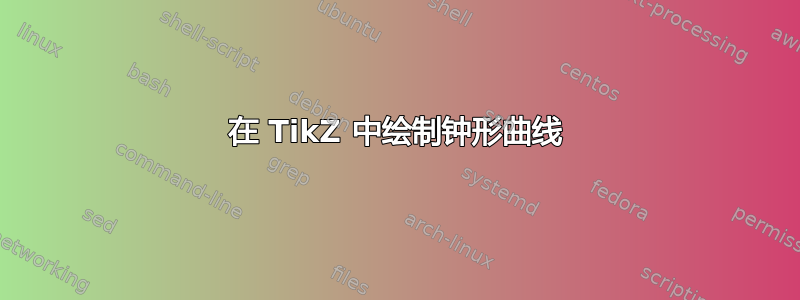
我有以下代码:
\documentclass{article}
\usepackage{tikz}
\begin{document}
\begin{tikzpicture}[scale=1]
\def\normalt{\x,{4*1/exp(((\x-3)^2)/2)}}
\def\y{2}
\def\fy{4*1/exp(((\y-3)^2)/2)}
\fill [fill=orange!60] (2.0,0)--(2.0,2.5) plot[domain=2:4](\normalt) --(4,0)-- (4,2.5)-- cycle;
\draw[color=black,domain=0:6] plot (\normalt) node[right] {};
\node[below] at (3.0,0) {\tiny{51800}};
\draw[dashed] (2.0,2.5) -- (2.0 ,0) node[below] {\tiny{51300}};
\draw[dashed] (4.0,2.5) -- (4.0 ,0) node[below] {\tiny{52300}};
\draw[dashed] ({\y},{\fy}) -- ({\y},0) node[below] {$y$};
\draw[color=black,domain=0:6] plot[samples=1000] (\normalt) node[right] {};
\draw[->] (-3,0) -- (9,0) node[right] {$\overline{x}$};
\end{tikzpicture}
\end{document}
我想像下面这样遮住虚线之间的区域,但我遇到了麻烦。有人能帮我吗?注意:我的问题在这里
\fill [fill=orange!60] (2.0,0)--(2.0,2.5) plot[domain=2:4](\normalt) --(4,0)-- (4,2.5)-- cycle;
在代码中。我不太熟悉\fill命令。

答案1
\documentclass{article}
\usepackage{tikz}
\usetikzlibrary{intersections}
\begin{document}
\begin{tikzpicture}[scale=1]
\def\normalt{\x,{4*1/exp(((\x-3)^2)/2)}}
\def\y{2}
\def\fy{4*1/exp(((\y-3)^2)/2)}
\node[below] at (3.0,0) {\tiny{51800}};
\path[domain=0:6,name path = plot] plot (\normalt);
\path[name path= r] (4.0,0) --+ (0,2.75);
\path[name intersections={of=r and plot}];
\coordinate(R) at (intersection-1);
\fill [fill=orange!60]plot[domain=2:4](\normalt)-- cycle;
\fill [fill=orange!60](2,0)rectangle(R);
\draw[dashed] (2.0,0) node[below] {\tiny{51300}} --+ (0,2.75);
\draw[dashed,name path= r] (4.0,0) node[below] {\tiny{52300}} --+ (0,2.75);
\node at ({\y},-0.5) {$y$};
\draw[color=black,domain=0:6] plot[samples=1000] (\normalt) node[right] {};
\draw[->] (-3,0) -- (9,0) node[right] {$\overline{x}$};
\end{tikzpicture}
\end{document}
也许可以试试这个 - 我计算了右线与图的交点,然后从左线的起点到交点填充了一个矩形。还填充了 2 到 4 之间的图。
还更改了“y”节点,使其不会干扰“51300”,并做了一些其他细微的调整。

这是一个更简单的解决方案 - 看起来与上面的相同:
\documentclass{article}
\usepackage{tikz}
\begin{document}
\begin{tikzpicture}[scale=1]
\def\normalt{\x,{4*1/exp(((\x-3)^2)/2)}}
\def\y{2}
\def\fy{4*1/exp(((\y-3)^2)/2)}
%Fill
\fill [fill=orange!60](2,0)--plot[domain=2:4](\normalt)--(4.0,0)-- cycle;
%Descriptions
\draw[dashed] (2.0,0) node[below] {\tiny{51300}} --+ (0,2.75);
\node[below] at (3.0,0) {\tiny{51800}};
\draw[dashed] (4.0,0) node[below] {\tiny{52300}} --+ (0,2.75);
%Plot
\draw[color=black,domain=0:6] plot[samples=1000] (\normalt) node[right] {};
%Axes
\node at ({\y},-0.5) {$y$};
\draw[->] (-3,0) -- (9,0) node[right] {$\overline{x}$};
\end{tikzpicture}
\end{document}


